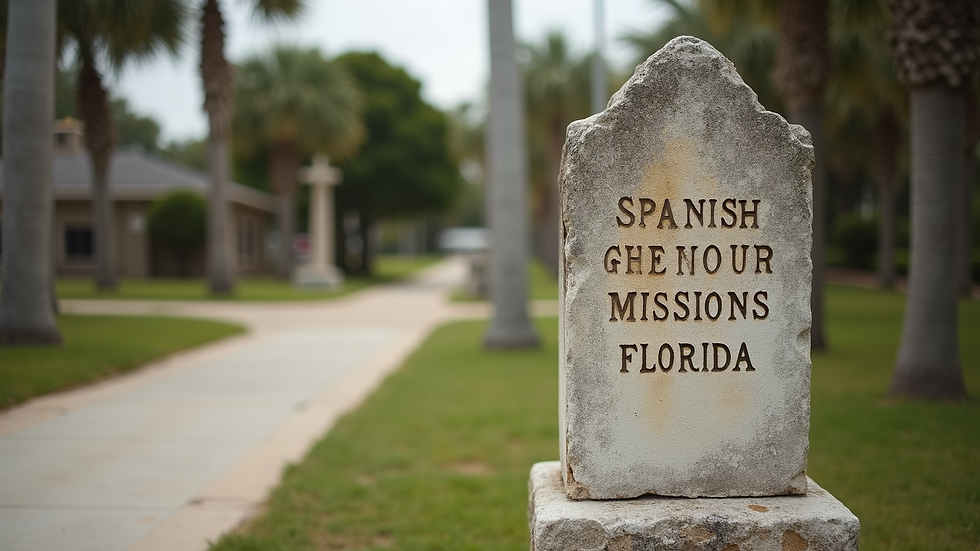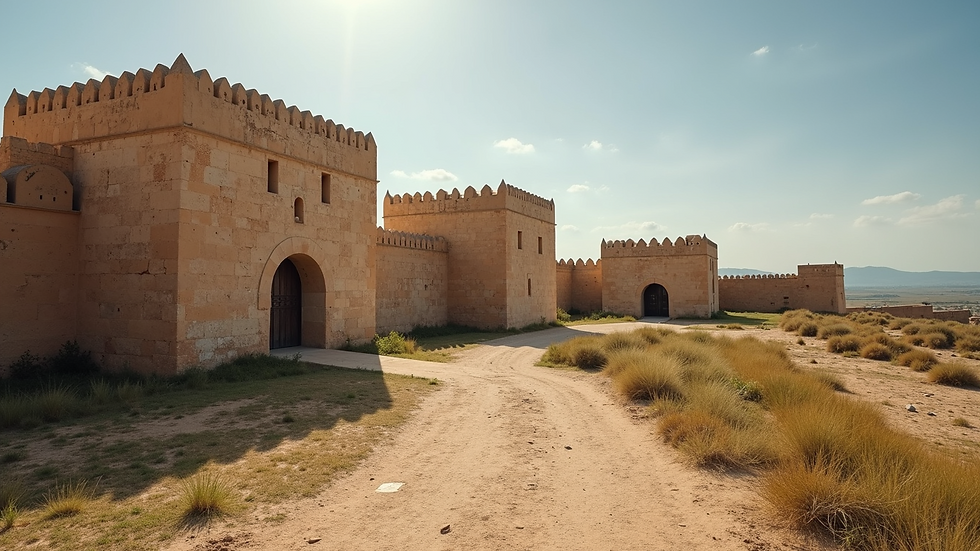Florida's rich and diverse history can be traced back to the arrival of its early settlers. This state, known for its beautiful beaches and warm weather, also holds stories of resilience, adaptation, and cultural blending. Understanding the legacy of these settlers helps us appreciate the unique fabric of Florida today.
Florida Settlers: A Tapestry of Cultures
The early inhabitants of Florida were a mix of Indigenous peoples, Spanish explorers, and other settlers who came from various backgrounds. This melting pot of cultures led to the establishment of diverse communities, each contributing to Florida’s growth. One key figure in Florida's settlement history is Juan Ponce de León, the first European to explore the region in the early 1500s. His journey marked the beginning of colonization efforts by the Spanish.

Spanish missions were established across the state, serving both religious and agricultural purposes. These missions introduced Catholicism to many Indigenous people and helped cultivate the land for farming. The Spanish also brought with them crops like citrus fruits and sugar cane, reshaping the agricultural landscape.
The Influence of Indigenous Peoples
Who was the first people to live in Florida?
Before European exploration, Florida was already home to various Indigenous tribes, including the Timucua, Apalachee, and Calusa. These tribes had intricate societies and established trade networks long before the arrival of settlers. They lived off the land, hunting and gathering, and developed rich cultural traditions.
The Timucua, for instance, occupied the northeast part of Florida. They engaged in agriculture, cultivating crops such as corn, beans, and squash. The Apalachee, known for their fortified villages in the northwest, had complex political systems. The Calusa, based in the southwest, were skilled fishermen and navigators, utilizing canoes to travel the coastal waters and trade with other tribes.

These early peoples contribute significantly to Florida’s identity today. Not only did they shape the region's ecology, but their traditions and stories still resonate in modern Florida.
Spanish Colonization and the Tampa Bay Area
Spanish colonization brought significant change, particularly in the Tampa Bay area. By the late 1600s, Spanish missions were established in this region to spread Christianity to the Indigenous populations. Despite resistance from some tribes, many joined the missions, leading to a blend of cultural practices.
In 1763, control of Florida transitioned from Spain to Great Britain. British rule introduced a different approach to land use and settlement. The plantation system emerged, leading to the introduction of slavery as a labor source.

This era of British rule created complexity among settlers. The diverse backgrounds contributed to friction and cooperation among the settlers.
The Pathway to Statehood
After various territorial changes, Florida became a U.S. territory in 1821. Its admission to the Union in 1845 was marked by conflicting interests between settlers, Indigenous tribes, and the federal government. Struggles over land rights became a common theme in the push for expansion, leading to the forced relocation of many Native Americans.
Settlers moving into Florida in the 19th century were largely motivated by opportunities in agriculture and trade. The introduction of the railroad during this time greatly facilitated transportation and commerce. With improved infrastructure, Florida's economy began to thrive, driven by the citrus industry and tourism.
The Legacy of Florida’s Early Settlers
The legacy of Florida's early settlers is evident in the state’s modern cultural landscape. Festivals, culinary traditions, and even language reflect this rich history. For example, the influence of Spanish, French, and Native American languages can still be heard in local dialects.
This diverse heritage also laid the groundwork for Florida’s tourism industry. Attractions ranging from historic sites to nature parks stem from the settlers’ intertwined stories. Understanding this history enriches the experiences for tourists and locals alike.
In today’s society, it is essential to recognize and honor these early Florida settlers. By learning about their trials and triumphs, we can appreciate the resilience that shaped the state.
If you want to delve deeper into the lives and experiences of the early florida settlers, consider visiting local museums and historical landmarks. They offer insights into the challenges early settlers faced and the heritage they established.
Bridging Past and Present
The narratives of Florida’s early settlers connect past and present communities. As the state continues to grow and evolve, it's crucial to keep these stories alive. By engaging in educational programs, discussions, and cultural events, we can foster a bond between people and places.
Preserving the history of early settlers doesn’t only give voice to the past. It also inspires future generations to learn from those who came before them.
As Florida moves forward, the stories of its early settlers serve as a reminder of the state’s complex, beautiful, and diverse history. The legacy they left behind continues to shape who Floridians are today.

Florida’s history is ever-evolving, and with knowledge of its early settlers, we can engage with the present and influence the future. Explore more about this fascinating history and consider how you can contribute positively to the ongoing narrative of this vibrant state.

Comments